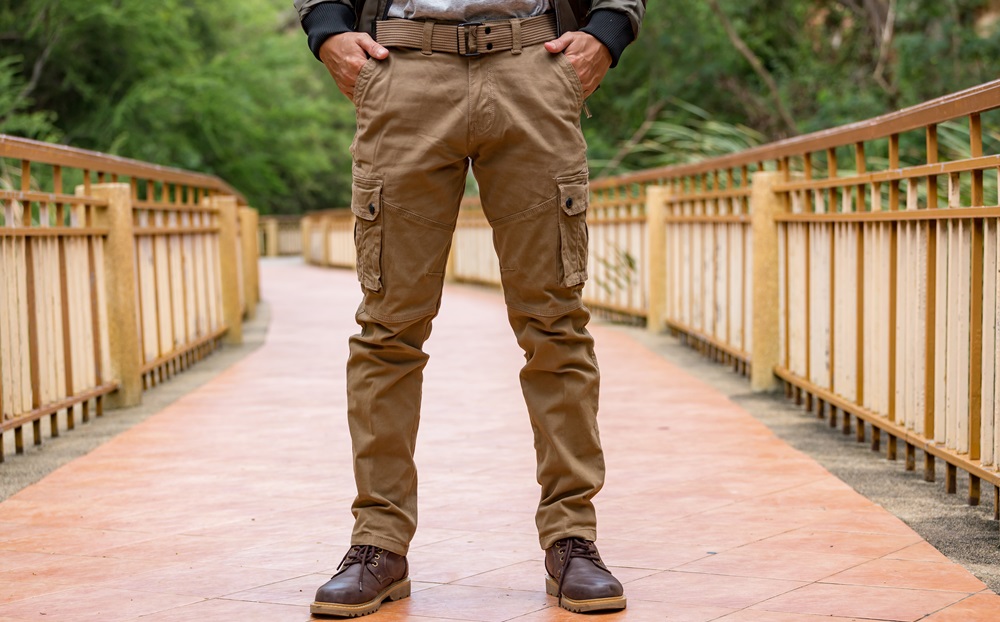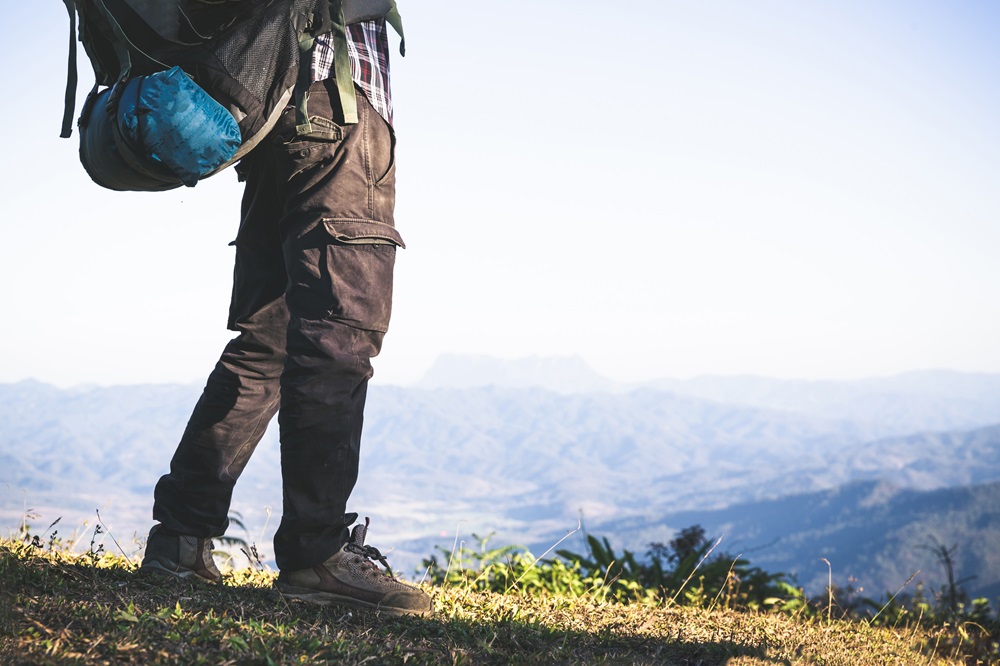Ever noticed how a good pair of north face pants or any technical hiking pants can make or break your outdoor experience?
The right pants keep you comfortable in changing weather, protect your legs, and move with you through tough terrain.
But with so many options and fancy features, how do you know what’s actually worth paying for?
Why Technical Pants Matter More Than You Think?
Regular pants just don’t cut it when you’re miles from civilization. Cotton soaks up sweat and rain, chafes when wet, and takes forever to dry. Technical pants solve these problems with smart materials and thoughtful design.
The difference becomes clear when you’re caught in a sudden downpour or need to ford a stream. While your friends in jeans are miserable for hours, you’ll dry in minutes and keep moving comfortably.
Matching Pant Features to Your Adventure Type
Different adventures demand different features. Your specific activity should guide your buying decision more than any other factor.
Here’s a quick comparison of what matters most for common outdoor activities:
| Activity | Top Priority Features | Less Important Features |
| Day Hiking | Comfort, breathability, quick-drying | Water resistance, reinforced knees |
| Backpacking | Durability, water resistance, articulated knees | Multiple pockets, convertible legs |
| Rock Climbing | Stretch, reinforced knees/seat, gusseted crotch | Water resistance, insulation |
| Winter Activities | Insulation, windproofing, water resistance | Convertible features, ventilation |
| Travel | Wrinkle resistance, security pockets, versatile look | Technical appearance, reinforcements |
Understanding Key Technical Features
Fabric Technology That Makes a Difference
The material of your pants affects everything from comfort to durability. Here’s what to know:
Nylon and polyester form the base of most technical pants. Nylon is generally stronger, while polyester dries faster. Many pants use a blend to get the best of both.
Ripstop patterns add extra strength without extra weight. Look for the tiny grid pattern in the fabric – this stops tears from spreading if you snag your pants on branches or rocks.
Spandex or elastane content (usually 2-10%) gives pants stretch. Higher stretch percentage means better freedom of movement, but potentially less durability.
Water Protection: Decoding the Jargon
Water protection comes in three main levels:
- Water-resistant pants have a basic DWR (Durable Water Repellent) coating that makes light rain bead up and roll off. This is enough for most day hikes and casual adventures.
- Water-repellent pants have a more substantial treatment and can handle moderate rain for 30-60 minutes before wetting through.
- Waterproof pants use membranes (like Gore-Tex) or coatings that block water completely. These are essential for extended rainy conditions but are less breathable and more expensive.
The average DWR treatment lasts about 20 washes before needing reapplication. This is why your once-water-resistant pants might eventually start soaking up rain.
Movement Features Worth Paying For
How pants are constructed affects how well they move with you:
Articulated knees have pre-bent shaping that follows your natural movement. This prevents the fabric from pulling tight across your knees when climbing or crouching.
Gusseted crotch adds a diamond-shaped piece of fabric where the seams meet at the crotch. This gives you freedom to high-step or stretch without the pants binding or tearing.
Don’t Overlook These Practical Details
Pockets That Actually Work
Not all pockets are created equal. Look for pockets with secure closures (zippers or quality snaps) for anything you can’t afford to lose.
Side pockets should be deep enough that items don’t fall out when you sit, and positioned so you can access them while wearing a backpack hip belt.
Waistband Considerations
A good waistband stays comfortable under a backpack and doesn’t dig in. Integrated belts or drawcords give you adjustment options when you’re losing weight on a long trek or wearing multiple layers underneath.

Making the Final Decision
When deciding between two similar options, consider these factors:
- Weight vs. durability (lighter pants generally sacrifice some toughness)
- Versatility vs. specialization (jack-of-all-trades or perfect for one activity)
- Price vs. expected use frequency (invest more for pants you’ll wear weekly)
Try sitting, kneeling, and climbing motions in the pants before buying. Even the most advanced technical features won’t help if the fit isn’t right for your body.
Care Tips to Make Your Investment Last
Technical pants aren’t cheap, but proper care extends their life:
- Follow the washing instructions exactly
- Re-apply DWR treatments when water stops beading
- Close all velcro before washing to prevent snagging
- Air dry instead of using high heat
Finding Your Perfect Match
The best technical pants match your specific adventure needs while fitting your body comfortably. With so many options available today, you don’t need to compromise.
Whether you’re planning an epic trek through changing climates or just need reliable pants for weekend hikes, understanding these technical features helps you invest wisely in gear that enhances your outdoor experience.
Remember that even the most advanced technical pants need to fit well and feel good on your unique body – so always try before you buy when possible.


